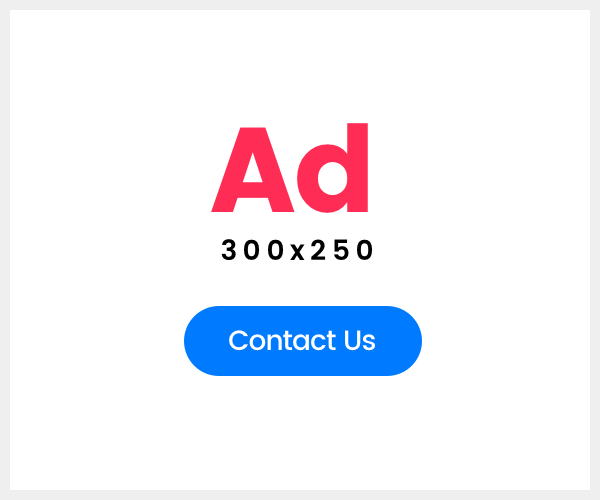WhatsApp is no longer just a free chat app. Meta is now launching WhatsApp Ads and paid features, marking a major shift in the app’s business model.
This blog post delves into the exciting reasons behind Meta’s decision, the promising benefits for users and businesses, and how these changes align with a broader digital monetization strategy. If you’re eager to learn about WhatsApp Ads, this post is your comprehensive guide to all the exciting possibilities.
We’ll break down:
- What Meta has officially announced
- How WhatsApp paid features will work
- What promoted channels on WhatsApp mean for creators and brands
- Early reactions and future outlook
Let’s dive into this bold new chapter for one of the world’s most-used messaging platforms.
Why Is Meta Monetizing WhatsApp Now?
Meta purchased WhatsApp in 2014 in a landmark deal worth $19 billion. For years, it resisted adding ads to the platform, keeping it clean and ad-free.
But now, with over 2.7 billion monthly users, Meta is turning WhatsApp into a revenue stream. The shift reflects increasing pressure to diversify income sources amid rising operational costs and regulatory challenges.
A Reuters report confirms that WhatsApp Ads will first appear in the app’s Channels section—without interrupting private conversations. This subtle approach allows monetization without disrupting user experience.
What Are WhatsApp Ads, and Where Will You See Them?
So, what exactly are WhatsApp Ads? Meta plans to introduce them within the Channels section, a new feature similar to Telegram’s broadcast channels.
These ads will appear as promoted channels on WhatsApp, helping users discover new content. For businesses and creators, this presents a unique opportunity to reach a wider audience and promote their content. It’s much like promoted tweets or Instagram suggestions—but tailored for WhatsApp’s format.
Key details:
- Ads will not appear in personal chats or group threads.
- Only brands or influencers with official WhatsApp Channels will be eligible.
- Users will have the freedom to follow or unfollow channels as they please, giving them full control over their experience.
This advertising model ensures user privacy stays intact—something Meta has stressed publicly.
WhatsApp Paid Features: What You’ll Pay For
Alongside ads, Meta is introducing WhatsApp paid features for power users and businesses. These may include:
- Premium tools for business accounts, like analytics and CRM integration
- Expanded file-sharing limits and storage options
- Exclusive features for channel creators, including scheduling and engagement tools
This approach is designed to keep the core app free while offering optional upgrades. It resembles models used by platforms like Slack or Telegram.
According to TechCrunch, paid features are already being tested in select markets.
What’s the Role of WhatsApp Subscription Model?
This leads us to the idea of a WhatsApp subscription model.
Instead of a one-time fee, Meta is exploring monthly or annual subscriptions for businesses and creators. This would unlock advanced capabilities and potentially remove ads for those who pay. While this may introduce additional costs, it also offers a more tailored and ad-free experience for those who opt for the subscription.
While nothing is finalized, early leaks suggest:
- Flexible pricing tiers
- Auto-renew options
- Bundle offers with other Meta tools like Instagram Business Suite
Such a model would help small businesses build communities and sell directly through WhatsApp—a major shift in how brands interact with customers.
Meta Ads on WhatsApp: A Strategic Pivot
The launch of Meta ads on WhatsApp is part of a broader trend. With ad revenue from Facebook and Instagram facing competition, WhatsApp offers untapped potential.
A 2023 internal study revealed:
“Users spend an average of 38 minutes per day on WhatsApp—yet 0% of that time generates ad revenue.”
That’s a major missed opportunity, and Meta aims to change that while maintaining platform integrity.
Unlike other social platforms, WhatsApp relies on trust and privacy. Ads here must be relevant, respectful, and non-intrusive.
The Bigger Picture: WhatsApp Monetization Update
According to the official Meta blog, the company plans to expand WhatsApp’s capabilities with new monetization tools. This WhatsApp monetization update doesn’t come in isolation.
Meta is also:
- Adding payment gateways to WhatsApp Business in Brazil and India
- Testing AI assistants for businesses on WhatsApp
- Promoting end-to-end encrypted shopping experiences
These updates reflect a full digital ecosystem inside the app—where chat, commerce, and content live together.
Think of WhatsApp evolving into a super app, much like WeChat in China.
Frequently Asked Questions (FAQ)
Will WhatsApp stay free for everyday users?
Yes, basic messaging features remain free. Paid features are optional.
Can I turn off WhatsApp Ads?
You can’t disable ads in Channels, but you’re free not to follow any.
Are my chats still private?
Your personal and group chat privacy will remain unaffected by the introduction of ads, ensuring your conversations stay private and secure.
When will these changes roll out globally?
Meta is gradually rolling out features by region. Expect a full rollout by early 2026.
Conclusion
WhatsApp is entering a new era. With WhatsApp Ads, promoted channels, and premium tools, Meta is turning the app into more than a messaging service. These changes reflect a wider push toward platform monetization, and users will need to adapt.
Whether you’re a casual user, a creator, or a small business owner, these updates will likely affect how you use WhatsApp.
How do you feel about seeing ads in WhatsApp for the first time? Let us know in the comments on nomiBlog.com!
More from Marketing
LinkedIn BrandLink: The Future of Video Ad Revenue
Introduction: Why Every Creator Needs to Know About LinkedIn BrandLink Are you a creator navigating today’s uncertain digital economy? Whether you're …




















